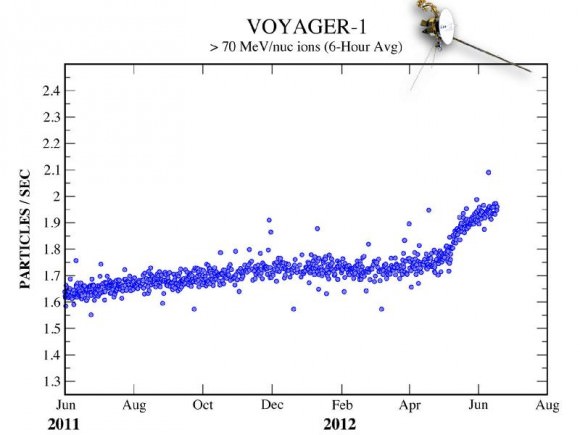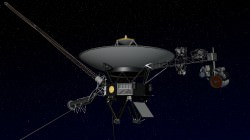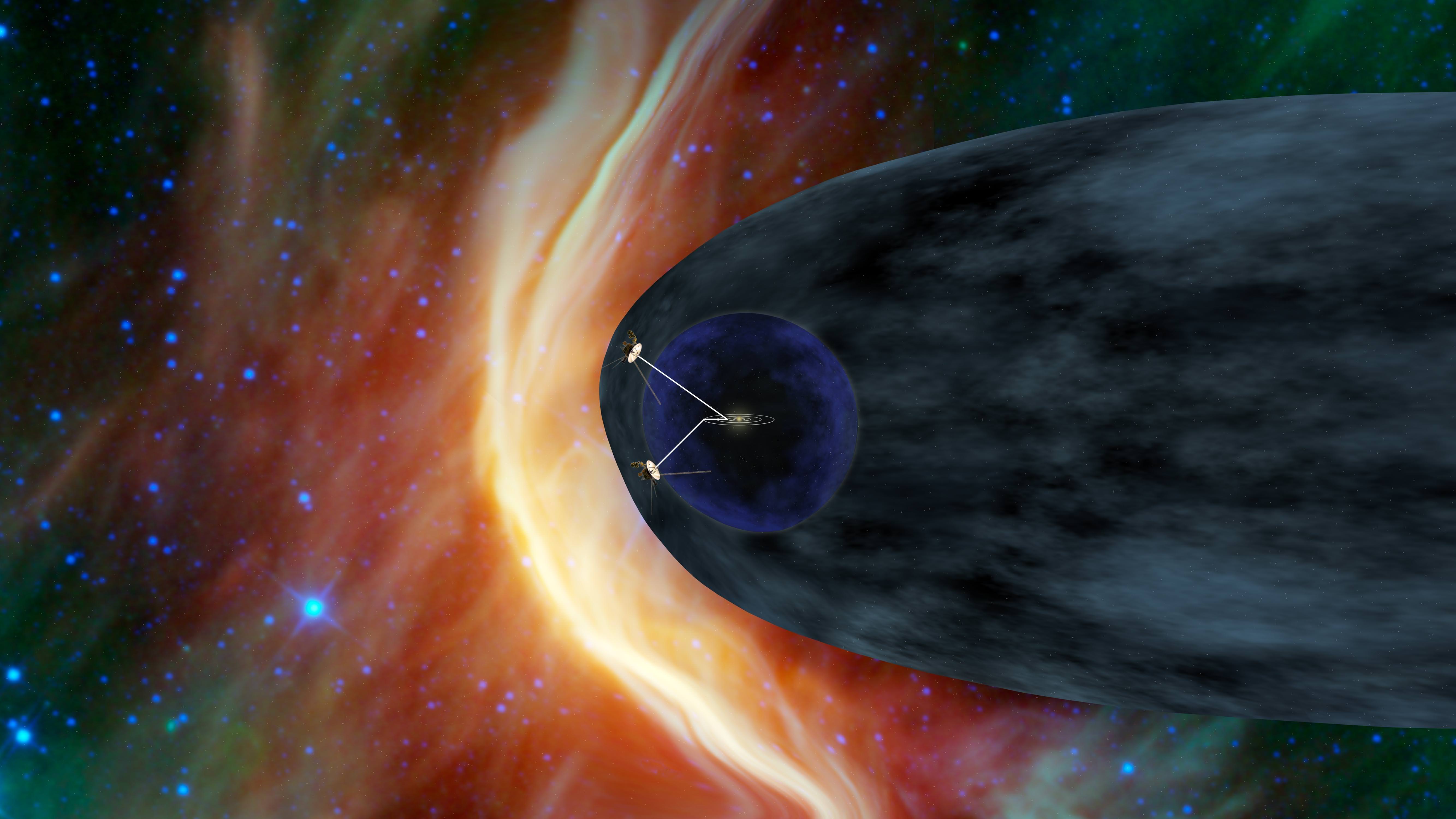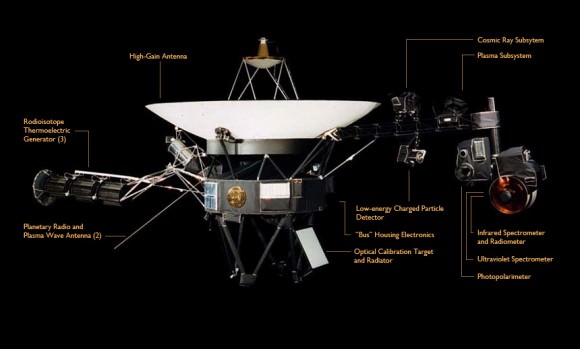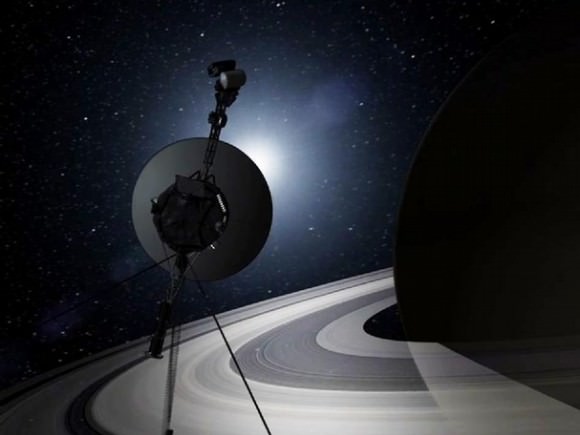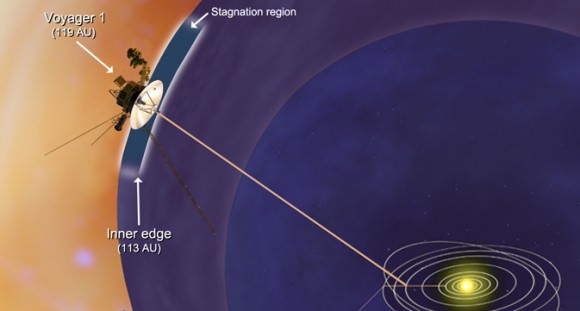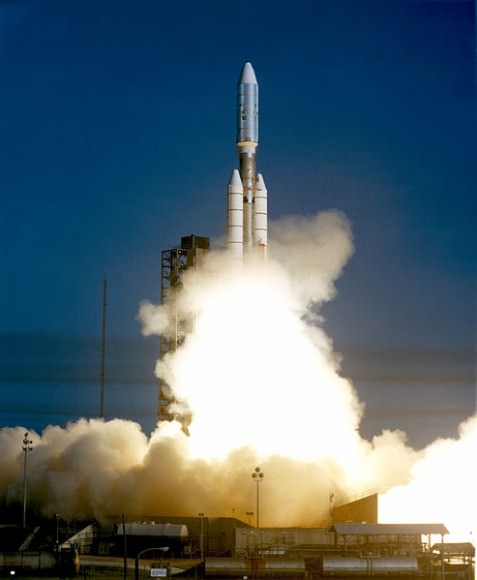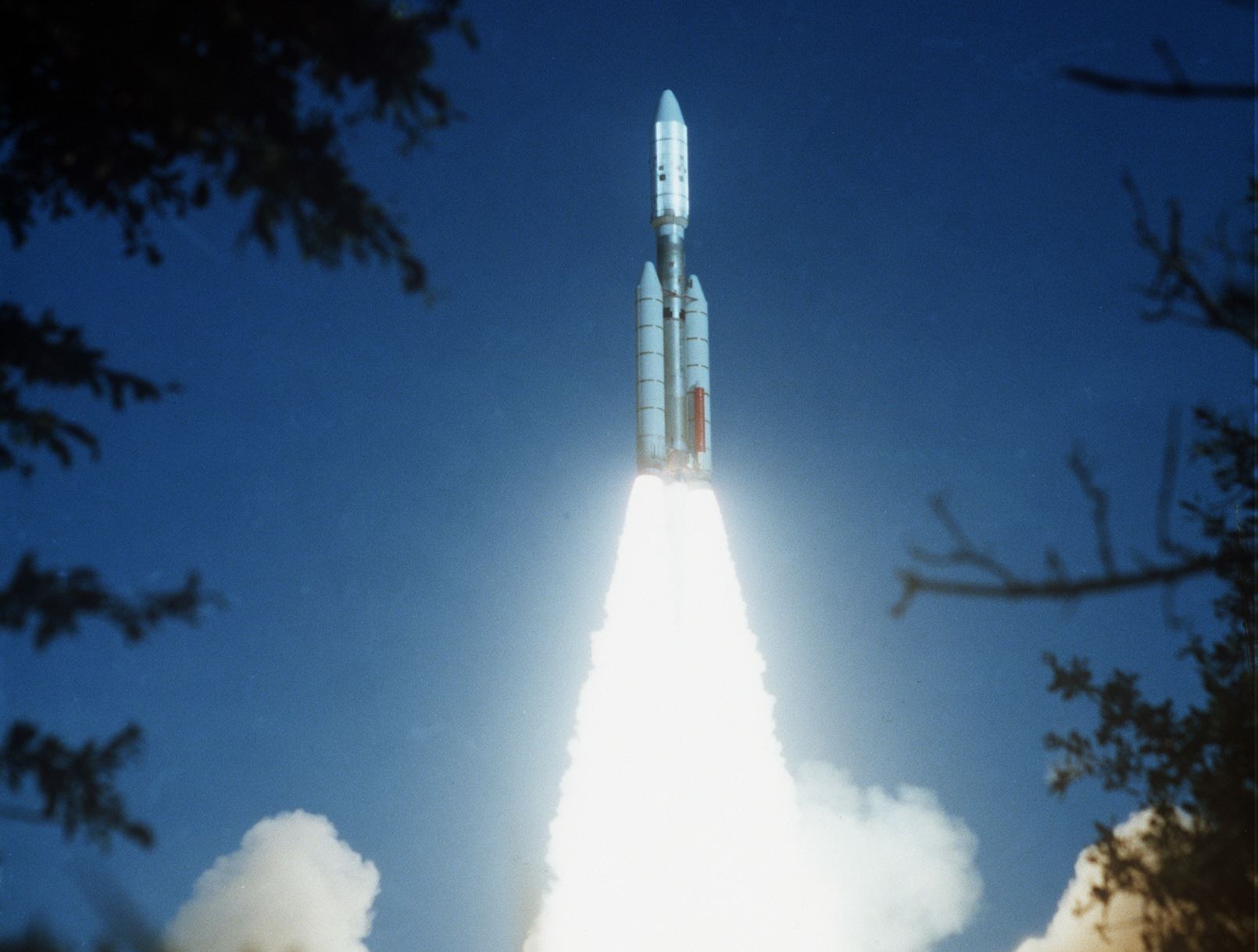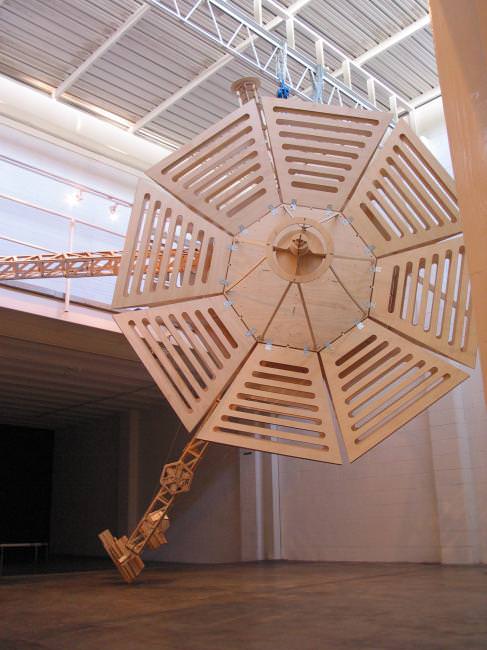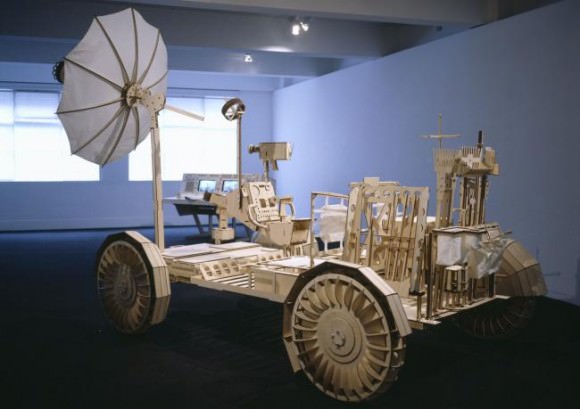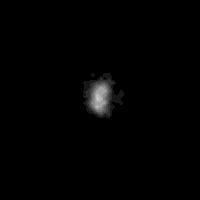Number of particles from the Sun hitting Voyager 1. Credit: NASA
While there’s no official word from NASA on this, the buzz around the blogosphere is that Voyager 1 has left the Solar System. The evidence comes from this graph, above, which shows the number of particles, mainly protons, from the Sun hitting Voyager 1 across time. A huge drop at the end of August hints that Voyager 1 may now be in interstellar space. The last we heard from the Voyager team was early August, and they indicated that on July 28, the level of lower-energy particles originating from inside our Solar System dropped by half. However, in three days, the levels had recovered to near their previous levels. But then the bottom dropped out at the end of August.
The Voyager team has said they have been seeing two of three key signs of changes expected to occur at the boundary of interstellar space. In addition to the drop in particles from the Sun, they’ve also seen a jump in the level of high-energy cosmic rays originating from outside our Solar System.
The third key sign would be the direction of the magnetic field. No word on that yet, but scientists are eagerly analyzing the data to see whether that has, indeed, changed direction. Scientists expect that all three of these signs will have changed when Voyager 1 has crossed into interstellar space.
“These are thrilling times for the Voyager team as we try to understand the quickening pace of changes as Voyager 1 approaches the edge of interstellar space,” said Edward Stone, the Voyager project scientist for the entire mission, who was quoted in early August. “We are certainly in a new region at the edge of the solar system where things are changing rapidly. But we are not yet able to say that Voyager 1 has entered interstellar space.”
Stone added that the data are changing in ways that the team didn’t expect, “but Voyager has always surprised us with new discoveries.”
Voyager 1 launched on Sept. 5, 1977, is approximately 18 billion kilometers (11 billion miles) from the Sun. Voyager 2, which launched on Aug. 20, 1977, is close behind, at 15 billion km (9.3 billion miles) from the Sun.
Sources: NASA, Eric Berger/ Houston Chronicle, Scientific American


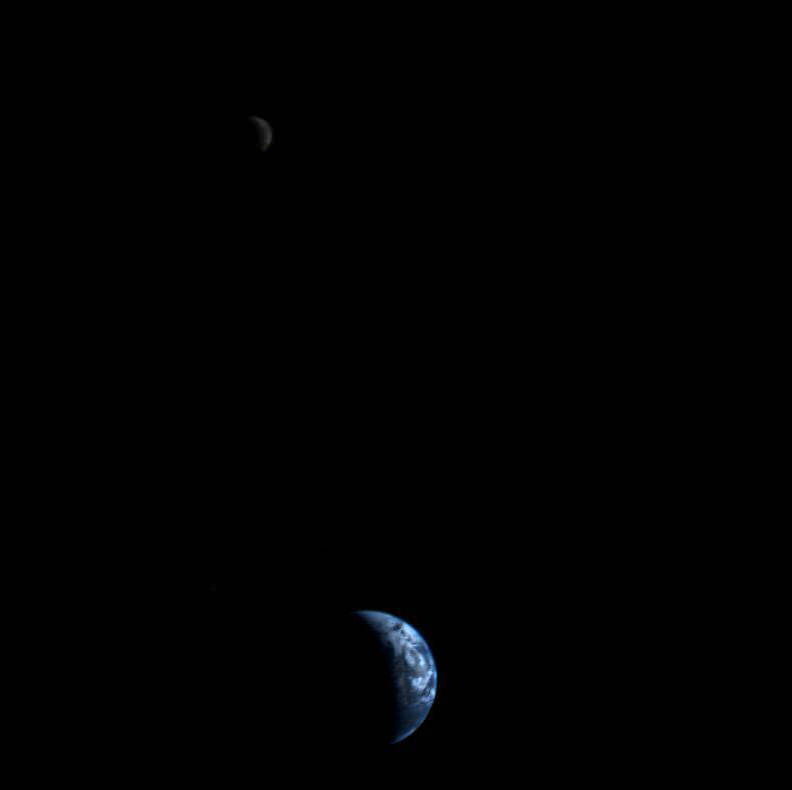
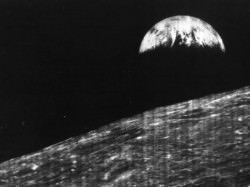
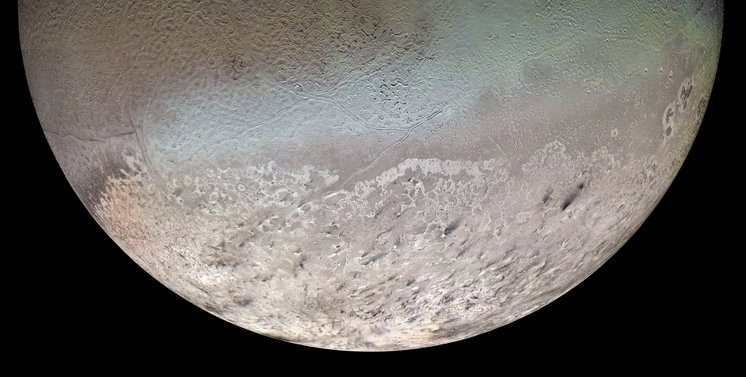
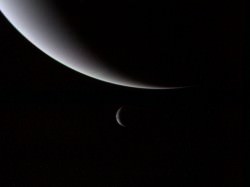
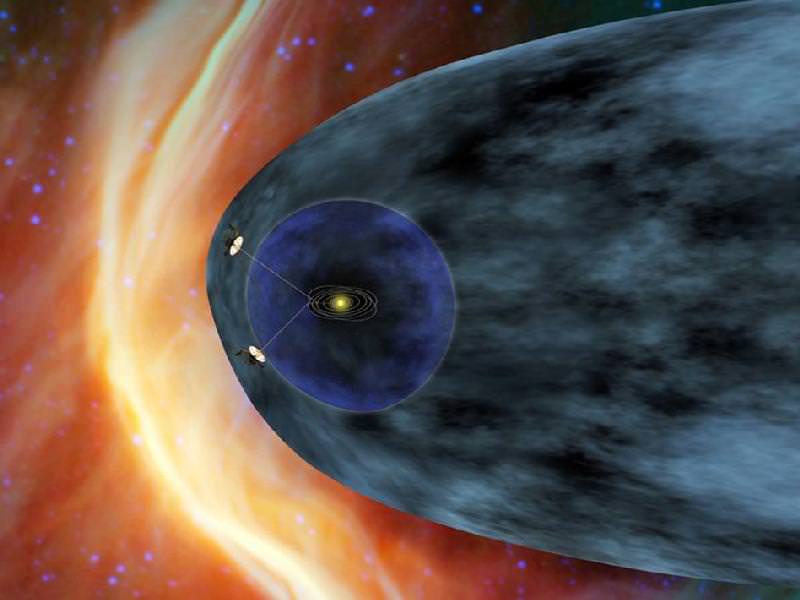
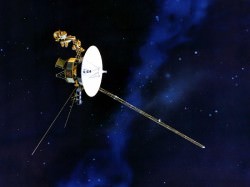 Data sent from Voyager 1 — a trip that currently takes the information nearly 17 hours to make — have shown steadily increasing levels of cosmic radiation as the spacecraft moves farther from the Sun. But on July 28, the levels of high-energy cosmic particles detected by Voyager jumped by 5 percent, with levels of lower-energy radiation from the Sun dropping by nearly half later the same day. Within three days both levels had returned to their previous states.
Data sent from Voyager 1 — a trip that currently takes the information nearly 17 hours to make — have shown steadily increasing levels of cosmic radiation as the spacecraft moves farther from the Sun. But on July 28, the levels of high-energy cosmic particles detected by Voyager jumped by 5 percent, with levels of lower-energy radiation from the Sun dropping by nearly half later the same day. Within three days both levels had returned to their previous states.